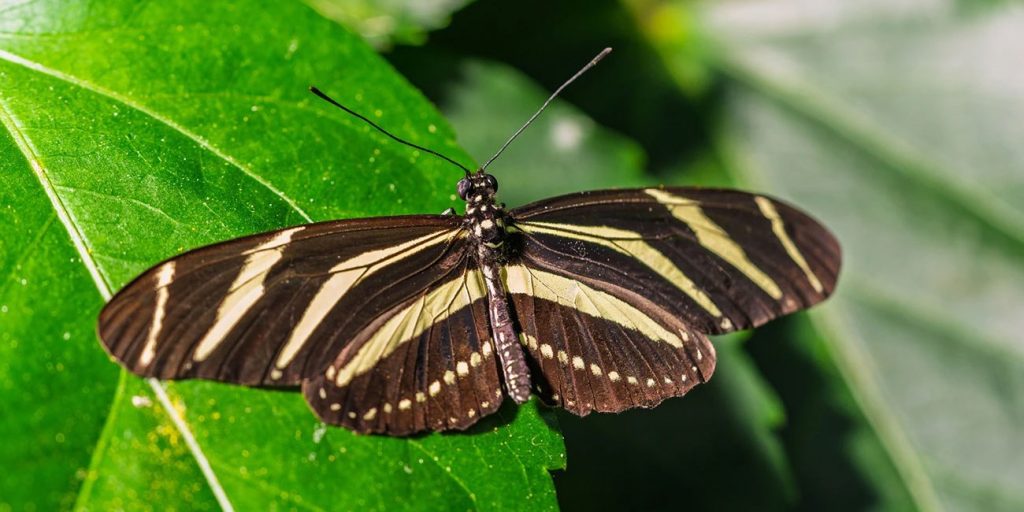
A sweeping new study published in the journal Science tallies, for the first time, butterfly data from more than 76,000 surveys across the continental United States. The results: From 2000 to 2020, the total butterfly abundance fell by 22% across the 554 species counted.
The results reveal that 13 times as many species declined as increased — with 107 species losing more than half their populations.
Elise Zipkin—director of Michigan State University’s Ecology, Evolution and Behavior Program, and Red Cedar Distinguished Professor of quantitative ecology—and her MSU colleague and co-author Nick Haddad—resident KBS faculty member and professor of integrative biology in EEB—have been major figures in assessing the state of U.S. butterflies.

“Action must be taken,” said Zipkin. “To lose 22% of butterflies across the continental U.S. in just two decades is distressing and shows a clear need for broad-scale conservation interventions.”
“My neighbors notice it,” Haddad said. “Unprompted, they’ll say, ‘I’m seeing fewer butterflies in my garden; is that real?’ My neighbors are right. And it’s so shocking.”
Butterflies play a critical role in nature
Zipkin and Haddad say butterflies are more than fluttering symbols of freedom and beauty. They play important roles in cycling nutrients and are a significant food source for other organisms such as birds. Over the last 50 years, North America has lost nearly 3 billion birds, a decline that nearly matches that of the butterflies.
Butterflies are important and often overlooked pollinators. People tend to think of bees first, but butterflies (and flies) are responsible for $120 million of cotton production in Texas, for example.

Insecticides a main culprit
Last year, Haddad was part of a study published by the journal PLOS ONE that pinpointed the danger of insecticides, which rose above other threats such as habitat loss and climate change in reducing butterfly abundance and diversity. He points out that saving butterflies isn’t a hopeless problem, just one that requires will.
A lot of insecticide use, he said, lacks strategy and results in overuse. Some 20% of cropland suffers from poor yields. Creating policies that return under-producing land to nature could help the butterflies rally.
“Prophylactic and near-universal application of insecticides harms butterflies and other beneficial insects, with no proven benefit to crop yield,” Haddad said. “What is applied as ‘insurance’ is extracting a great debt to agroecosystems. The good news is that the widespread application of insecticides can be reversed, and butterflies and other pollinators will recover.”
Watch a video about why butterflies are important in nature.
Play around with an interactive article to discover how butterflies are surviving (or not) near you.
Listen to a segment of Science Friday with Nick Haddad and Elise Zipkin.
Related articles
Butterflies in the United States are disappearing at a ‘catastrophic’ rate | March 6, 2025
First national analysis finds America’s butterflies are disappearing at ‘catastrophic’ rate | March 9, 2025U.S. butterflies are disappearing at drastic rates, with one in five gone since 2000 | March 11, 2025

A legacy of conservation; a commitment to sustainability.
3700 E. Gull Lake Drive
Hickory Corners, MI 49060
(269) 671-5117
info@kbs.msu.edu